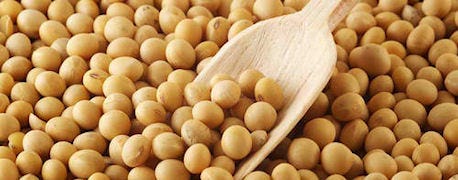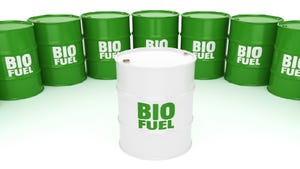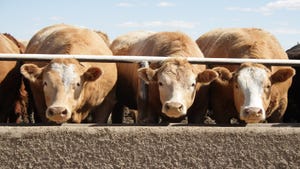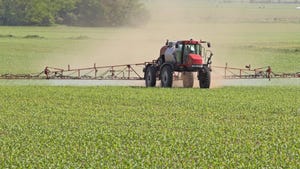February 19, 2013

According to a recent soy checkoff-funded study, the overall oil levels in last year's U.S. soybean crop increased over the previous year, while average protein fell.
United Soybean Board Customer Focus Action Team Chair Sharon Covert says U.S. soy's biggest users pay attention to those results.
"The oil and protein levels in our soybeans are very important to our customers," says Covert, a soybean farmer from Tiskilwa, Ill. "We should take every possible course of action to improve our soy oil and meal, which will help us protect and expand our markets."

Oil content was improved in last year's soybean crop but average protein decreased; new project will supplement current survey to monitor weather's impact on quality
The results of the soy checkoff's annual U.S. Soybean Quality Survey found the oil level in the overall U.S. soybean crop rose by 0.3 point to 18.5% last year. And protein dropped a half-point to 34.3%. But for a crop baked by drought conditions for much of the year, that's pretty good, says the scientist in charge of the research.
Seth Naeve, Ph.D., who conducts the study, says the drought likely had a hand in holding protein levels down.
"Weather has a dramatic impact on soybean quality," says Naeve, an associate professor at the University of Minnesota. "Last year, the drought affected different regions differently, so we weren't exactly sure how quality would play out. Overall, I think we're happy that quality was as good as it was."
Beginning with the 2013 crop, the checkoff will be implementing a new program to monitor weather conditions in soybean test plots and correlate that information with quality outcomes and variety performance. This work will complement the Soybean Quality Survey.
The checkoff uses the survey to give buyers a preview of protein and oil levels. Naeve says he recently joined the U.S. Soybean Export Council in presenting the results to buyers in Asia, who want to know what U.S. farmers are doing to improve quality long-term.
Animal agriculture consumes nearly 98% of U.S. soy meal, feeding the protein-rich meal to poultry, swine, fish and other animals. The food industry, which uses nearly 70% of soy oil, depends on a large supply of oil to use as frying oil or as an ingredient in many food products.
Naeve says variety selection is a farmer's best tool to improve soybean quality – even during a drought.
"In general, the highest-protein varieties tend to be higher-protein in most environments," he says.
You May Also Like




